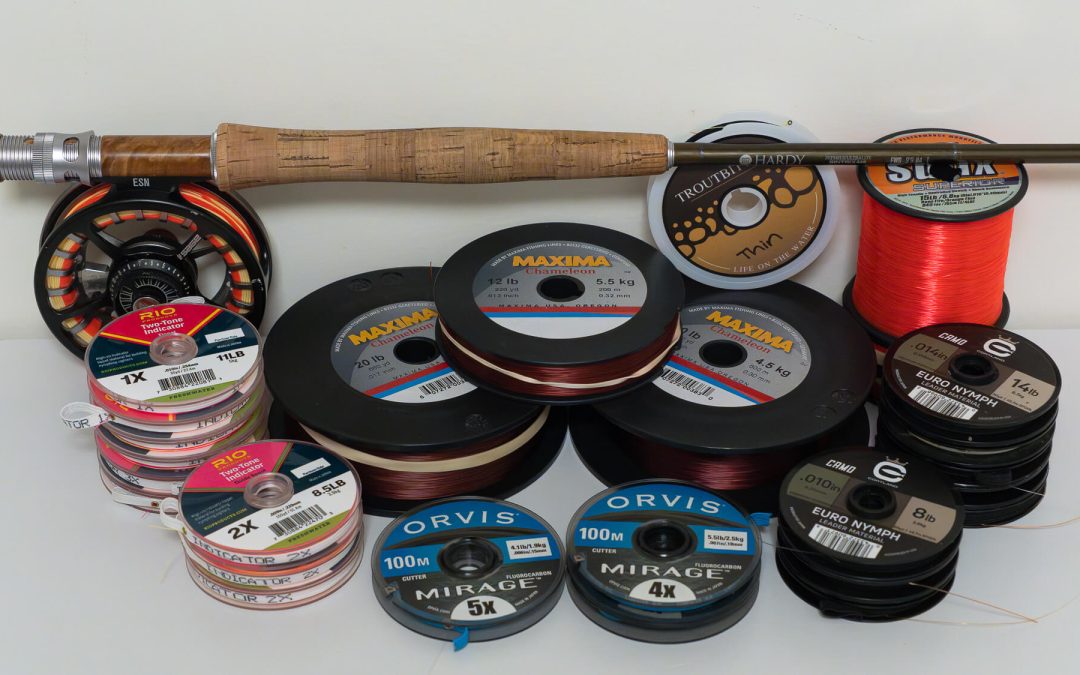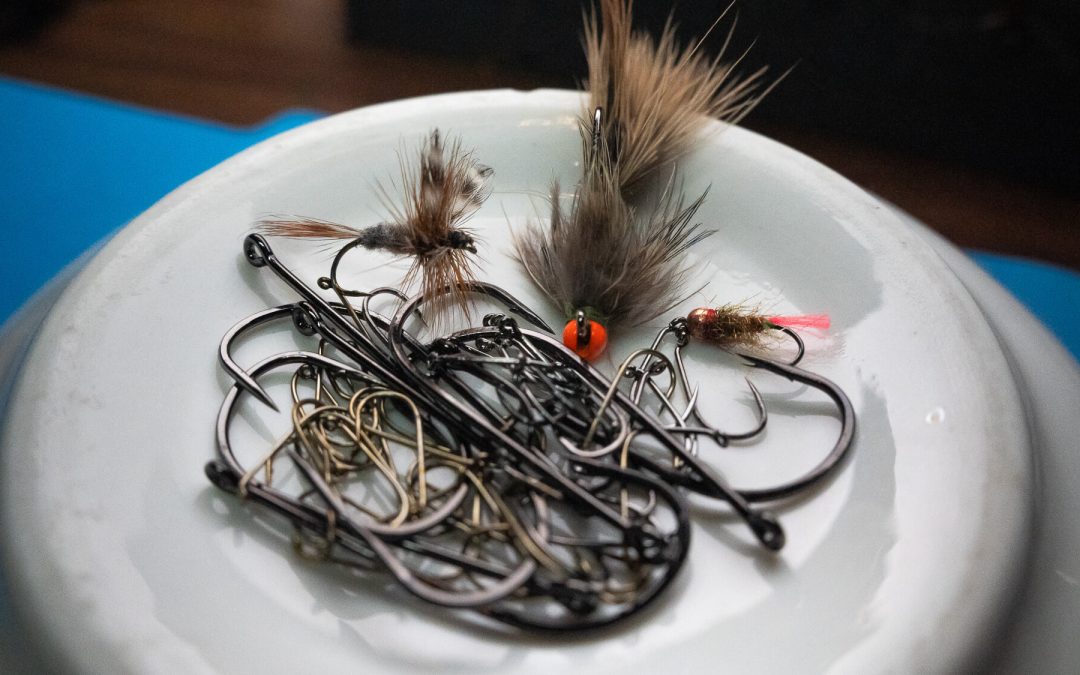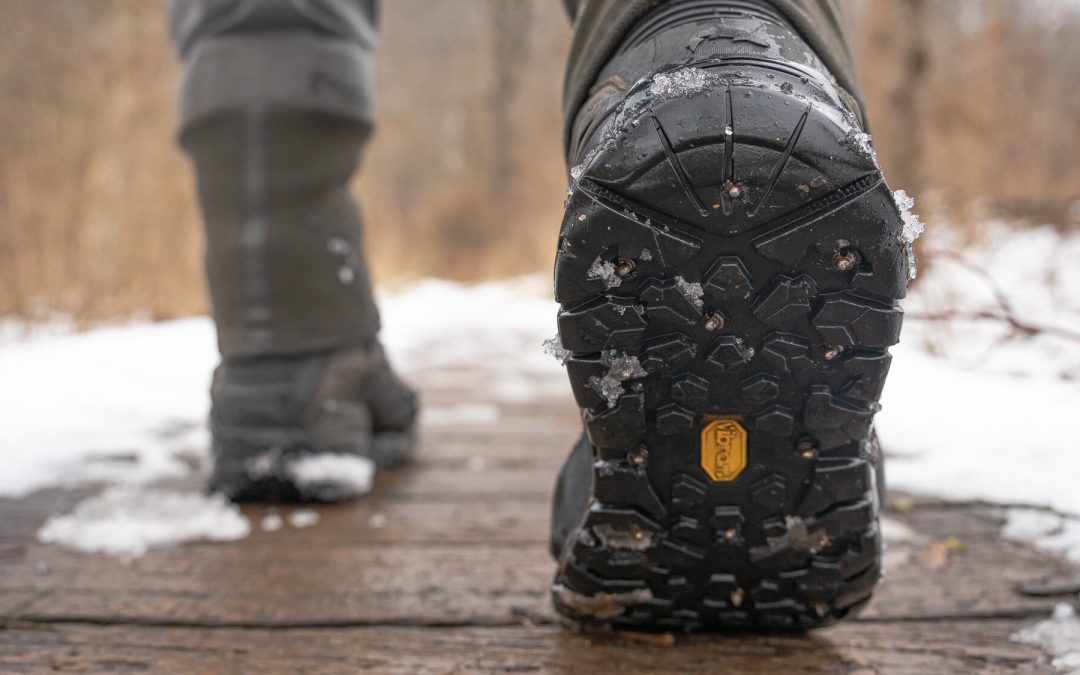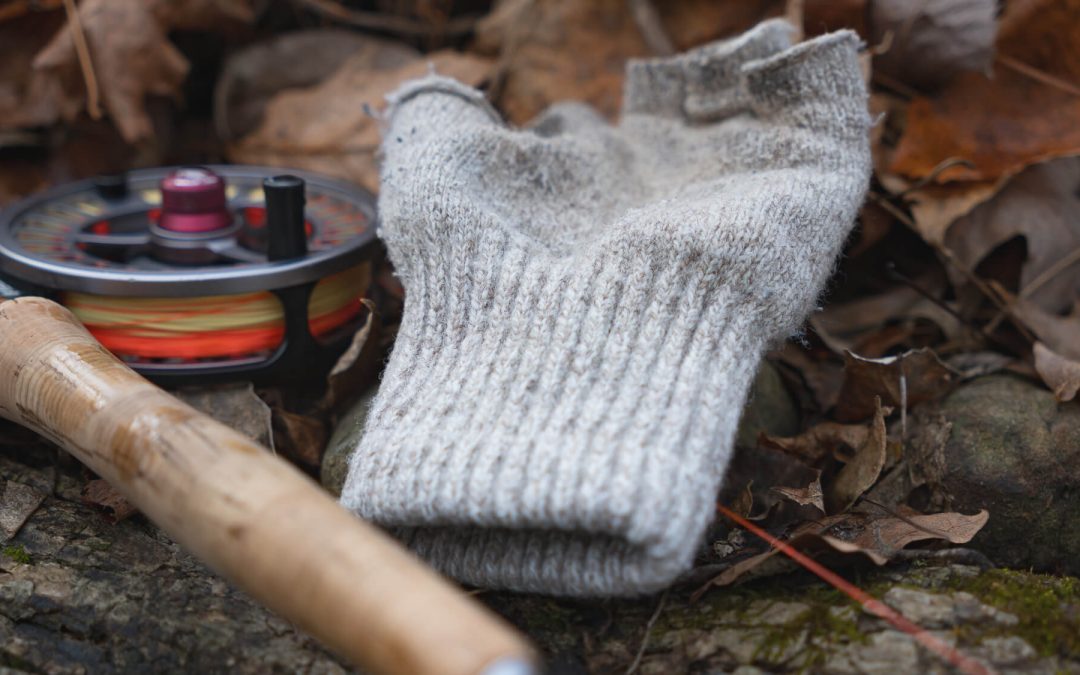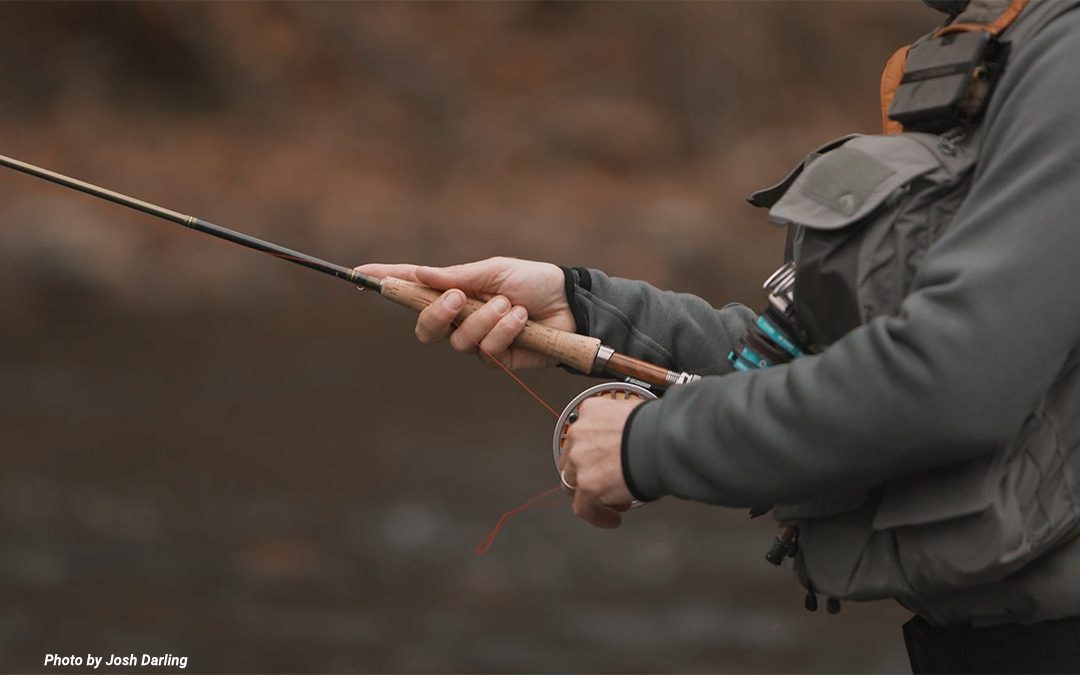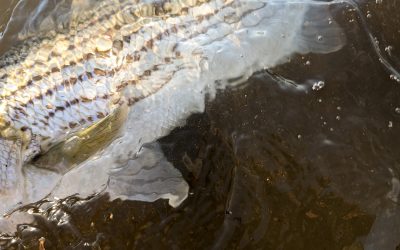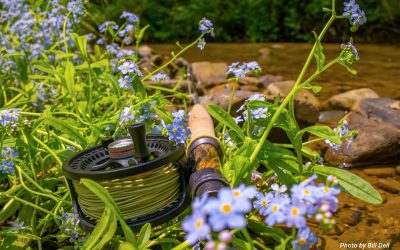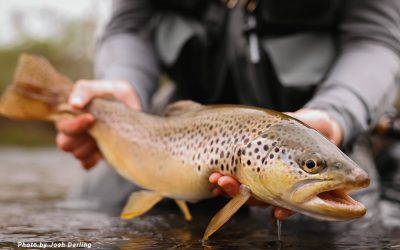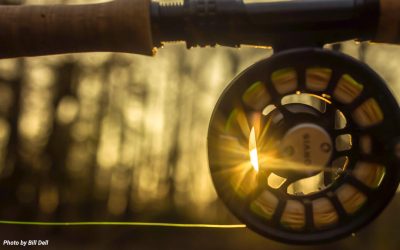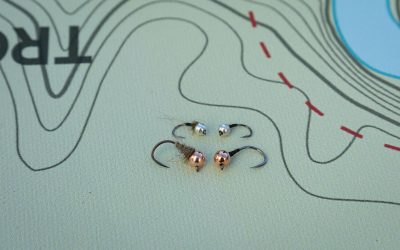I use euro nymphing often, but won’t be limited to it. And I don’t like the term because of the limitations associated with it.
That said, I don’t think we can change it. Just like the rest of language, we are stuck within a framework for communicating that precedes us. We can only do our best to define and work through this system accurately . . .


